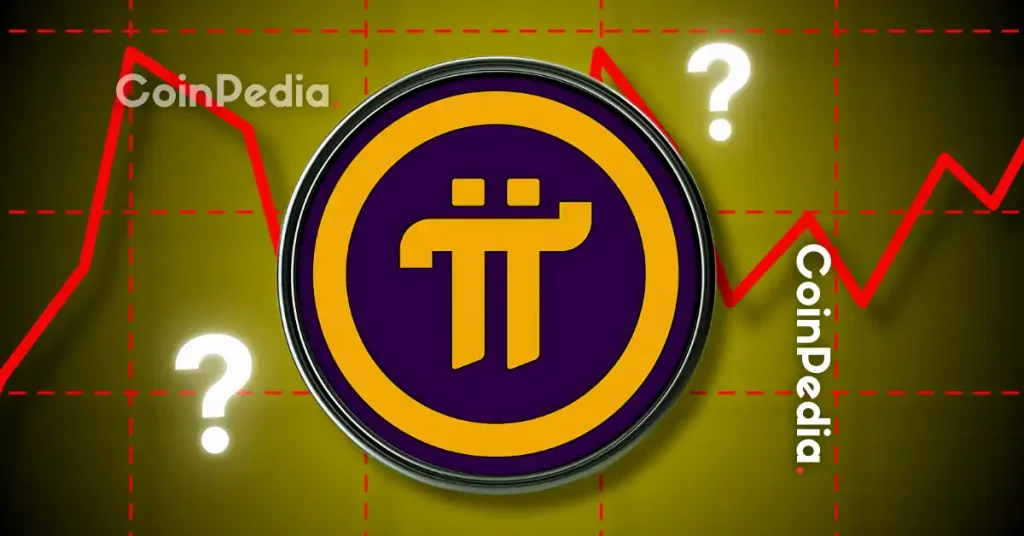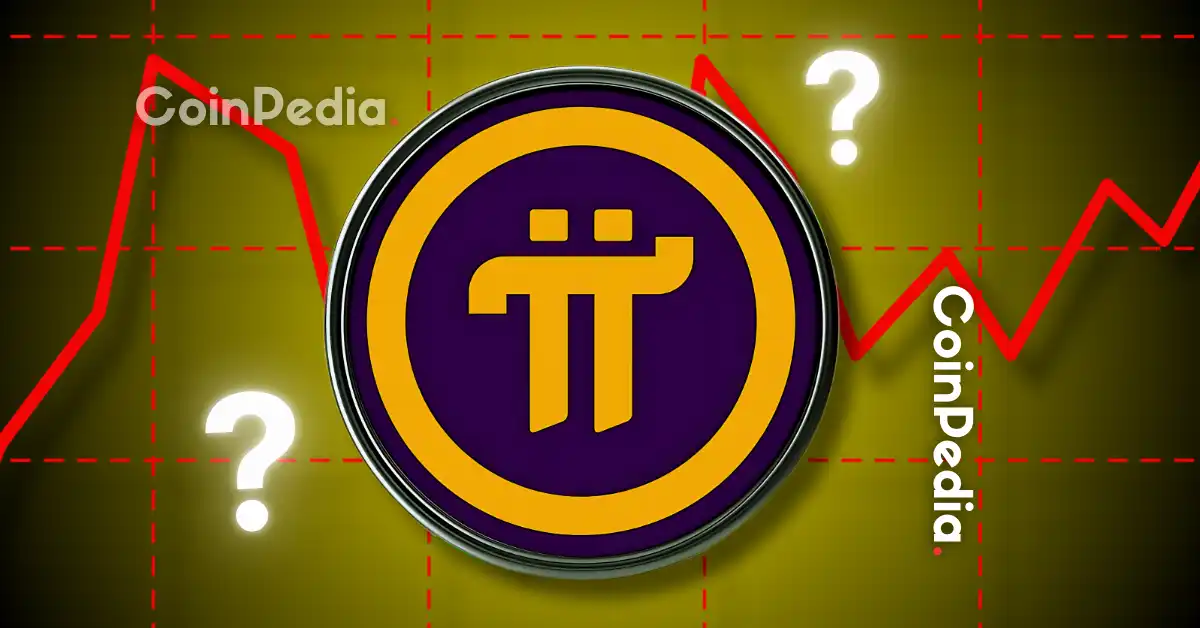
The Promise and Perils of Pi Network: A Comprehensive Analysis
Introduction: A Cryptocurrency with a Unique Approach
Pi Network has carved out a distinct niche in the crowded cryptocurrency landscape by focusing on mobile-first mining and accessibility. Its recent surge in ecosystem activity, particularly around the Pi App Studio and developer community, has sparked both optimism and skepticism. This analysis delves into the project’s current state, examining its achievements, challenges, and the path forward.
The Rise of No-Code Development: Democratizing App Creation
The Pi App Studio, launched during Pi2Day 2025, has become the cornerstone of the network’s recent growth. This no-code platform has empowered over 34,800 Pioneers to create more than 21,000 applications. The platform’s success lies in its ability to democratize app development, enabling individuals without coding expertise to contribute to the ecosystem.
The diversity of applications created on the Pi App Studio is impressive, ranging from AI-powered chatbots to custom decentralized applications (dApps). This influx of activity suggests a vibrant and engaged community. However, the true test of the platform’s success will be the quality and adoption of these applications. If the apps fail to attract a significant user base or provide tangible benefits, the initial enthusiasm may fade.
Community-Driven Curation: Staking and Ecosystem Growth
The Pi Network’s Ecosystem Directory Staking feature has seen substantial engagement, with over 37.7 million Pi tokens staked to support approximately 1,450 applications. This community-driven approach to curation aims to create a meritocratic system where valuable applications gain prominence.
The staking mechanism incentivizes users to actively participate in shaping the ecosystem’s development. By allowing users to stake tokens on their preferred applications, the Pi Network fosters a sense of ownership and investment in the project’s success. However, the effectiveness of this approach depends on the quality and utility of the applications being supported. If low-quality or redundant applications receive significant staking, the ecosystem’s overall value may be diluted.
The Price Volatility Conundrum: Utility vs. Speculation
Despite the positive developments in app creation and ecosystem engagement, the price of the Pi token remains volatile. Reports indicate fluctuations, with some sources highlighting recent rebounds while others point to past drops. This volatility raises questions about the underlying utility of the Pi token and whether its value is driven more by speculation than by genuine demand within the ecosystem.
The increasing number of applications and staking activity suggests growing utility. However, the Pi Network is still in its early stages, and the true value of the ecosystem will depend on the quality and adoption of these applications. If the apps fail to attract a significant user base or provide tangible benefits, the demand for Pi tokens could remain limited, potentially leading to further price volatility.
Whale Activity: A Double-Edged Sword
Reports of whale activity, referring to large holders moving significant amounts of Pi, add another layer of complexity. While some might interpret this as a sign of confidence in the project’s future, it also raises concerns about potential market manipulation. Large holders have the power to influence the price of a cryptocurrency, and their actions can create artificial price swings that are not necessarily indicative of the project’s true value.
The Pi Network community should be vigilant about monitoring whale activity and understanding its potential impact on the market. Transparency and clear communication from the Pi Network team are crucial in mitigating any potential risks associated with concentrated token holdings. The project must strike a balance between encouraging large investors and ensuring a fair and transparent market.
The Open Mainnet: A Make-or-Break Moment
The eventual launch of the Pi Network’s open mainnet is a critical milestone that will determine the project’s long-term success. This transition will allow Pi tokens to be traded on open exchanges and used more freely within the ecosystem. However, a successful open mainnet launch is contingent on several factors, including the security and scalability of the network, the availability of robust infrastructure, and the development of compelling use cases for the Pi token.
If the open mainnet launch is delayed or plagued by technical issues, it could negatively impact the project’s credibility and dampen enthusiasm among users. Conversely, a smooth and successful launch could pave the way for wider adoption and increased utility for the Pi token. The Pi Network team must prioritize the open mainnet’s development and ensure it meets the highest standards of security and scalability.
AI Integration: Hype or a Real Differentiator?
The Pi Network’s emphasis on AI integration is another aspect that warrants closer examination. While the promise of AI-powered applications is enticing, it is important to distinguish between genuine innovation and mere hype. The success of AI integration will depend on the ability of developers to create applications that leverage AI in meaningful and practical ways.
If the AI applications within the Pi Network ecosystem are simply superficial or lack real-world utility, the project’s claims of AI integration could be perceived as marketing gimmicks. However, if developers can harness the power of AI to solve real-world problems and enhance the user experience, it could provide a significant competitive advantage for the Pi Network. The project must focus on fostering the development of high-quality AI applications that deliver tangible benefits to users.
Conclusion: Navigating the Path Forward
Pi Network stands at a critical juncture. The surge in app development, driven by the Pi App Studio, and the community’s engagement with staking and curation are undeniably positive signs. However, the price volatility, the presence of whale activity, and the uncertainty surrounding the open mainnet launch and AI integration underscore the challenges that lie ahead.
The key to Pi Network’s future lies in its ability to translate ecosystem activity into genuine utility. The project must foster the development of high-quality applications that attract a significant user base and create real demand for the Pi token. Transparency, clear communication, and a focus on long-term sustainability will be essential in navigating the challenges and realizing the project’s full potential.
Ultimately, whether Pi Network evolves into a thriving ecosystem or remains a mirage of potential depends on its ability to deliver on its promises and overcome the skepticism that continues to surround it. The project’s success will hinge on its ability to balance innovation with practicality, community engagement with transparency, and hype with genuine utility. If Pi Network can achieve this balance, it has the potential to become a significant player in the cryptocurrency landscape. However, if it fails to deliver on its promises, it risks becoming another cautionary tale in the volatile world of digital currencies.





